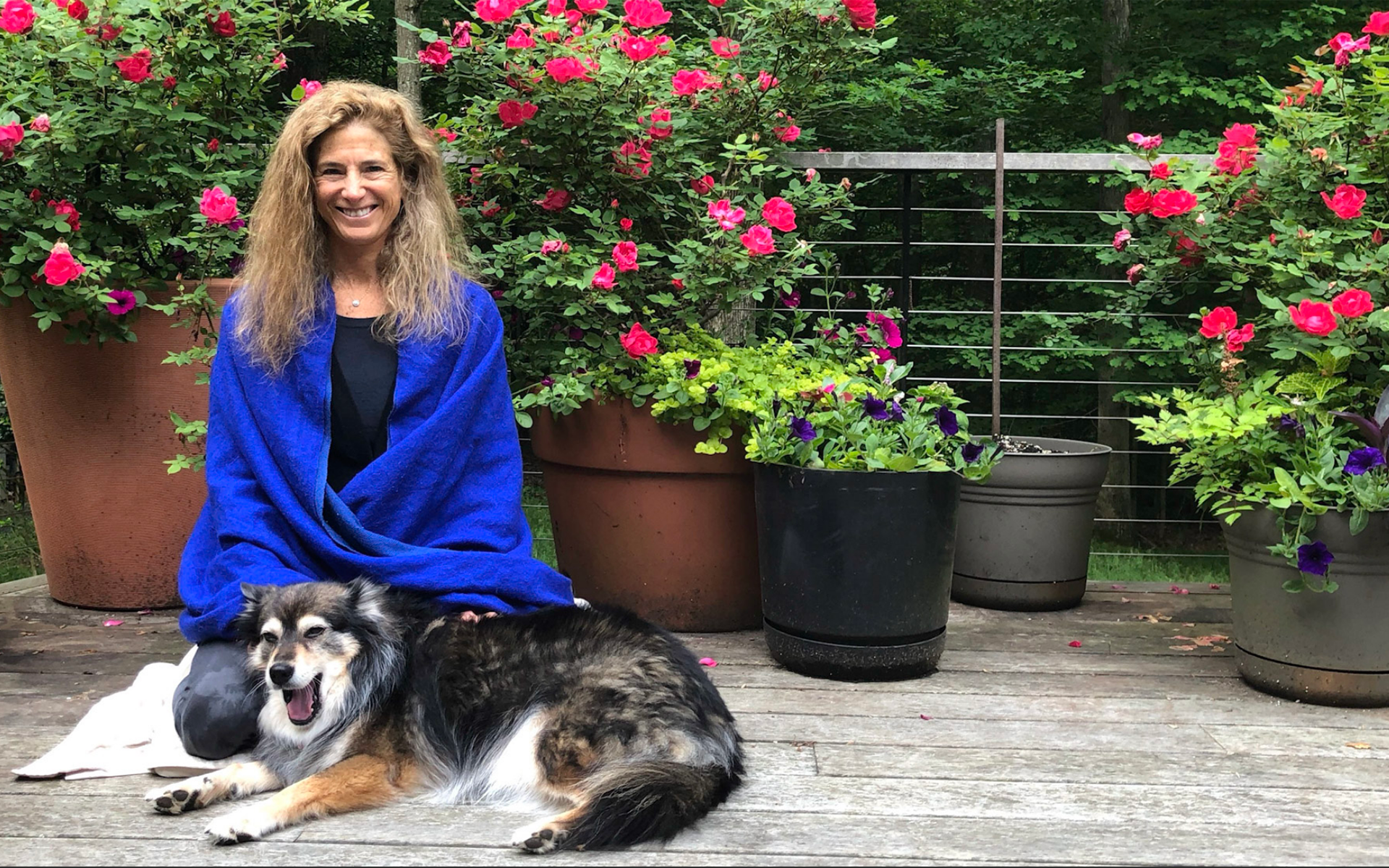Martin Luther King Jr. was a powerful voice for compassion. He was a bold example of loving-kindness in action. To him, unconditional love was not passive acceptance, but a moral imperative to act—to speak out and stand up for those without a voice.
MLK’s message of tolerance centered around the idea of nonviolence. It’s not enough to avoid physical violence—one must avoid emotional violence as well. MLK once said: “You not only refuse to shoot a man, but you refuse to hate him.” At the heart of this message is love:
“Darkness cannot drive out darkness;
only light can do that.
Hate cannot drive out hate;
only love can do that.”
Let’s carry his message into the world every day by cultivating compassion through mindfulness.
You don’t have to like everybody, or agree with everything they do—but you can open up to the possibility of caring for them, because our lives are inextricably linked. Here’s a loving-kindness practice from world-renowned compassion teacher Sharon Salzberg. This 10-minute guided meditation can help you awaken to how connected we all are.
10-Minute Loving-Kindness Meditation
1. Sit comfortably with your eyes open or closed.
2. And we’ll begin with someone who’s helped you. Maybe they’ve been directly generous or kind or have inspired you, though you’ve never met them. When you think of them, they make you smile. Bring an image of the person to mind or feel their presence as if they’re right in front of you. Say their name to yourself. And silently offer these phrases to them, focusing on one phrase at a time.
May you live in safety. May you have mental happiness, peace, joy. May you have physical happiness, health, freedom from pain. May you live with ease.
May you live in safety. May you have mental happiness. May you have physical happiness. May you live with ease.
Don’t struggle to fabricate a feeling or sentiment. If your mind wanders, simply begin again.
3. Now move on to a friend. Start with a friend who is doing well right now, offering the same phrases to them.
May you live in safety. May you have mental happiness. May you have physical happiness. May you live with ease.
4. And then someone who’s experiencing difficulty, loss, pain or unhappiness right now, offering the phrases of loving-kindness to them.
May you live in safety. May you have mental happiness. May you have physical happiness. May you live with ease.
5. Offer loving-kindness to a neutral person who you don’t feel a strong liking or disliking for. When you offer loving-kindness to a neutral person, you are offering it to them simply because they exist. You may not feel close to them or challenged by them.
May you live in safety. May have mental happiness. May you have physical happiness. May you live with ease.
6. Offer loving-kindness to a person with whom you have difficulty. Someone mildly difficult and slowly work toward someone who has hurt you more grievously. It’s common to feel resentment and anger, and it’s important not to judge yourself for that. Rather recognize that anger burns within your heart and causes suffering. So out of the greatest respect and compassion for yourself. Practice letting go and offering loving-kindness.
May you live in safety. May you have mental happiness. May you have physical happiness. May you live with ease.
7. And finish by offering loving-kindness to anyone who comes to mind. People, animals, those who you like, those whom you don’t. An adventurous expanse of your own power of kindness.
May you live in safety. May you have mental happiness. May you have physical happiness. May you live with ease.
When you feel ready, you can open your eyes, and we’ll end the session. See if you can bring some of this energy of loving-kindness into your day.
Read More
Offering Loving-Kindness to Yourself
In order to be giving, we need to be nourished. This practice is about learning to check in with yourself and to do so with love.
Read More
Tara Brach on The Transformative Power of Radical Compassion
Psychologist and longtime meditation teacher Tara Brach discusses why self-compassion is more essential for our well-being than ever.
Read More







